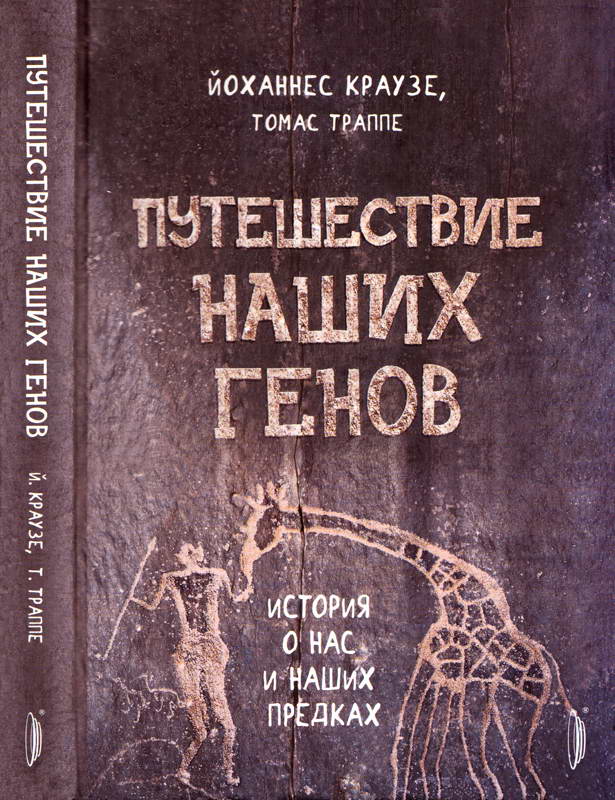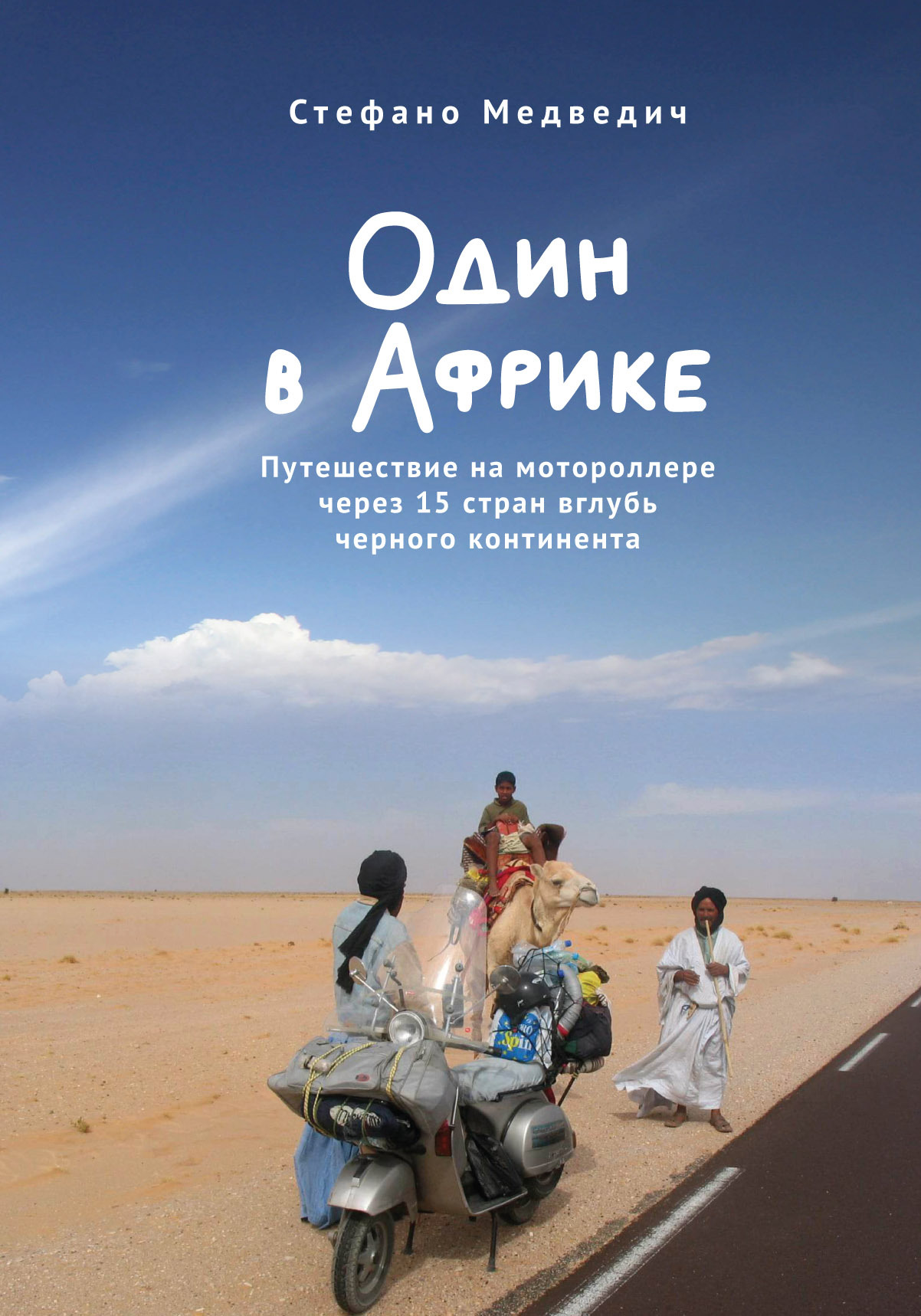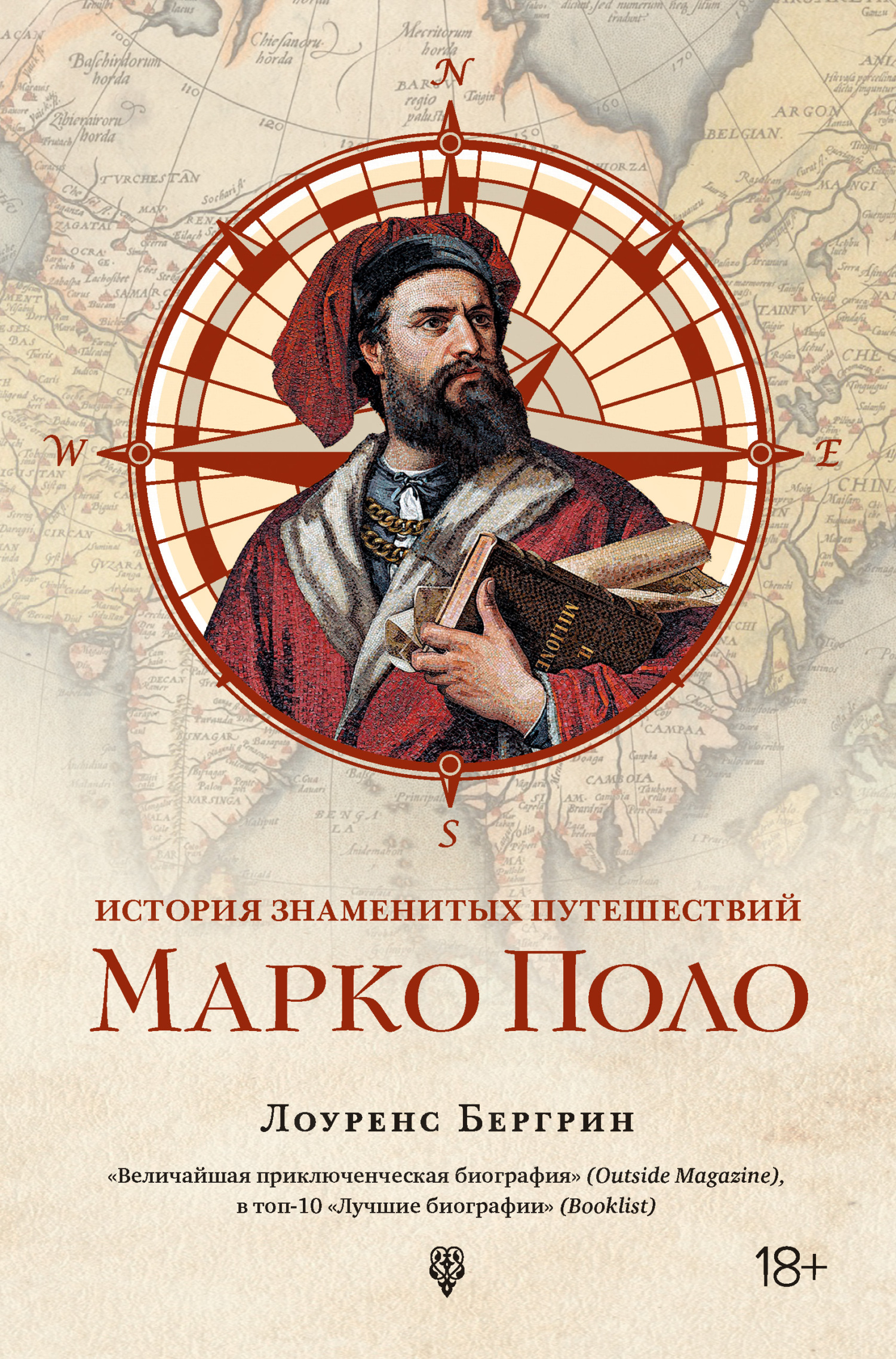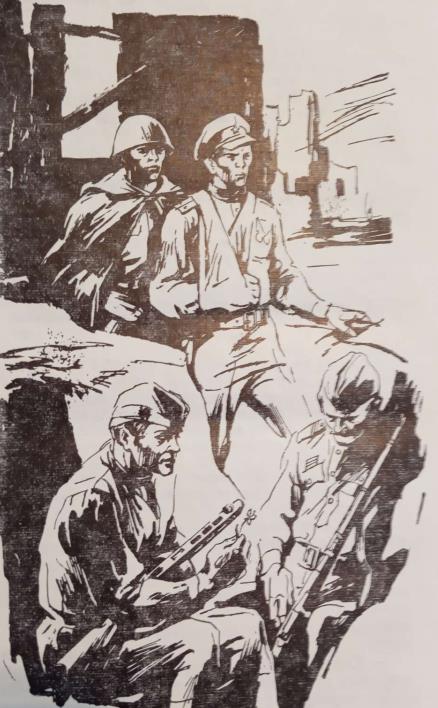Шрифт:
Закладка:
Откуда мы пришли? Кто мы? Что отличает одних людей от других? Эти вопросы актуальны сегодня как никогда. Профессор Йоханнес Краузе (выдающийся молодой ученый, мировой эксперт в области археогенетики, директор Института истории человечества при Институте Макса Планка в Йене) и научный журналист Томас Траппе обращаются к предыстории, рассказывают о том, что гены говорят нам о нашем происхождении, и отвечают на многие вопросы: — Существуют ли по-настоящему «местные» жители? — Почему первые европейцы были темнокожими? — Откуда в нашем генотипе гены индейцев? — Почему анализ генома позволяет выделить отдельные группы европейцев, но не дает оснований для разделения по национальностям? — И наконец, почему наш континент немыслим без иммигрантов?





